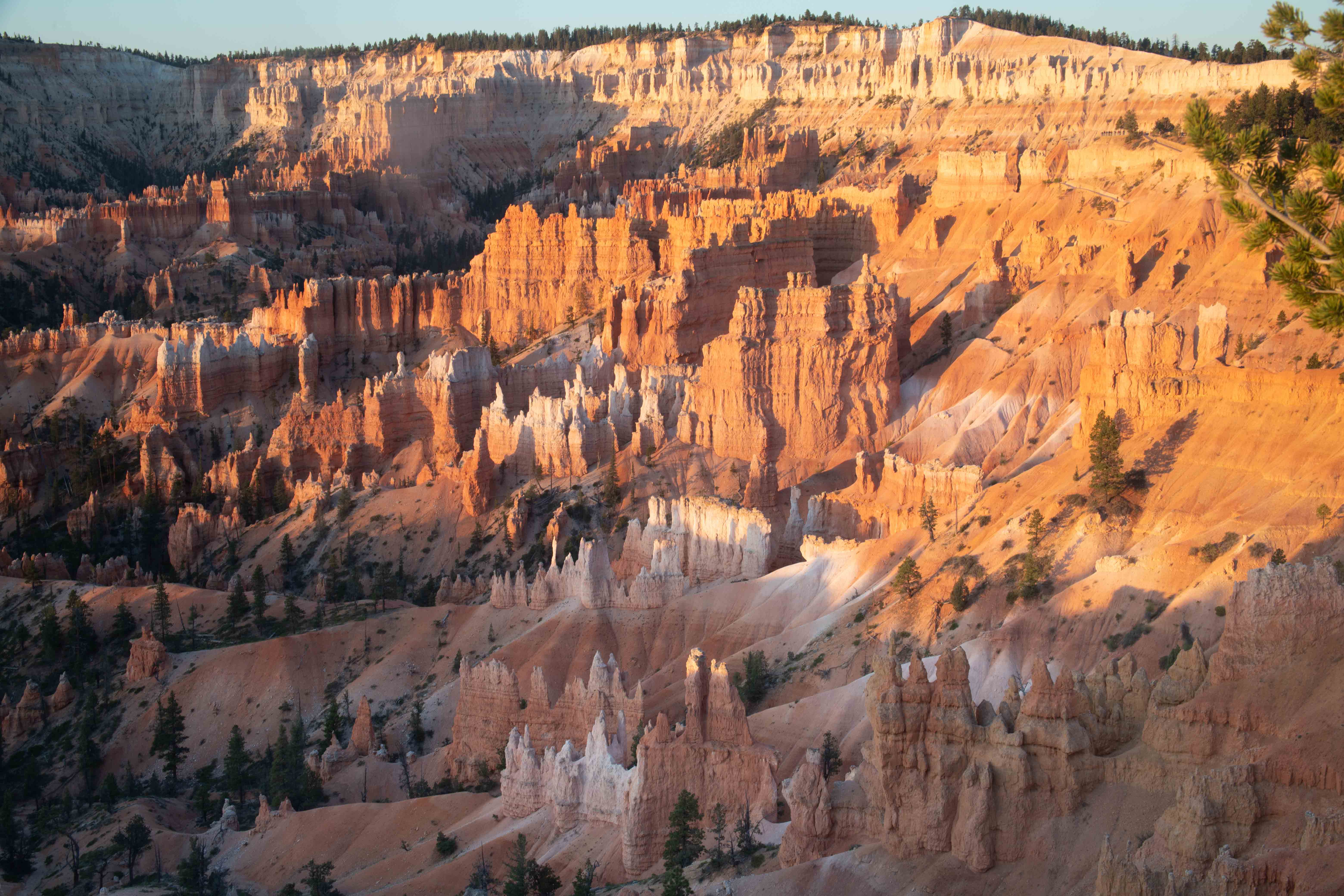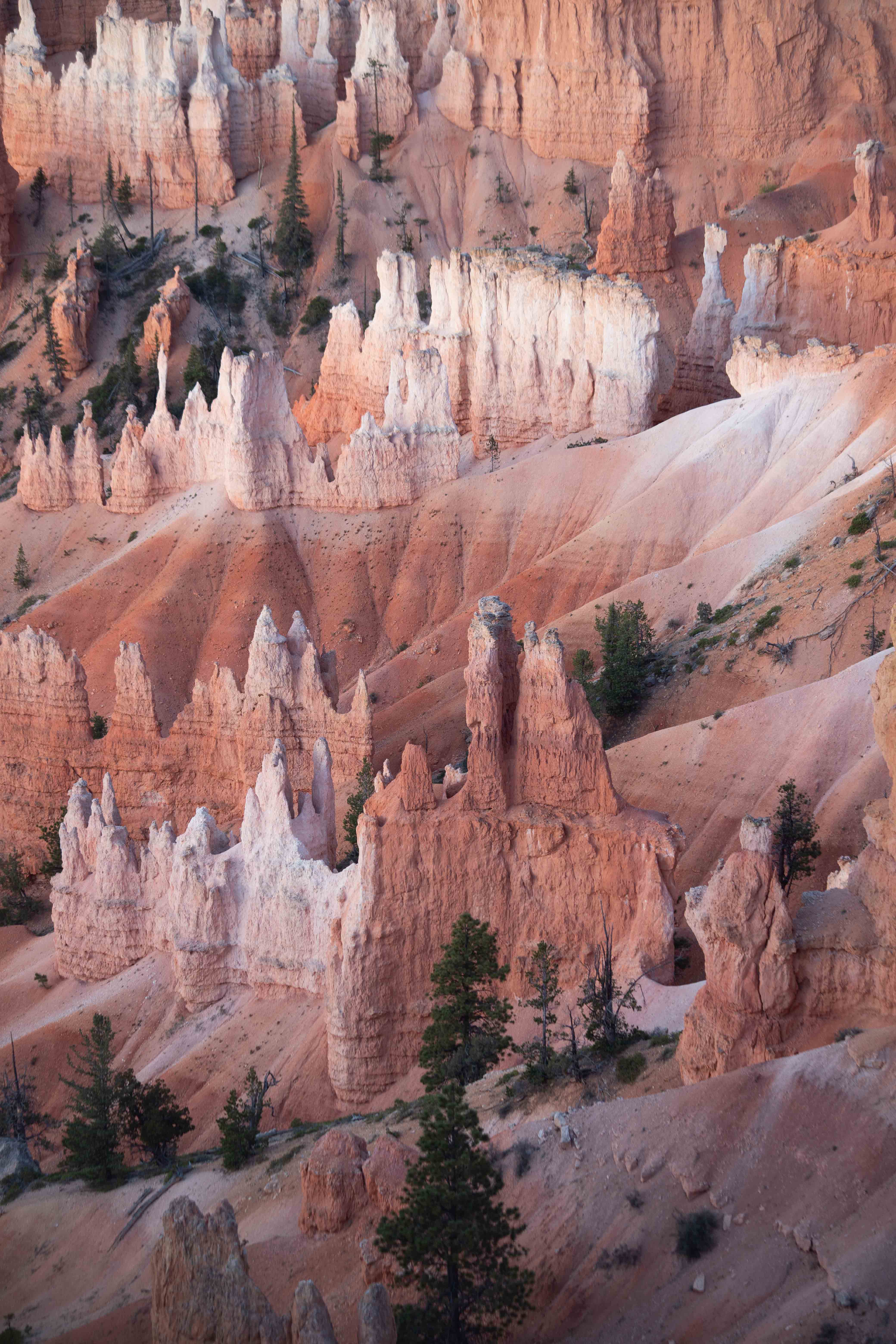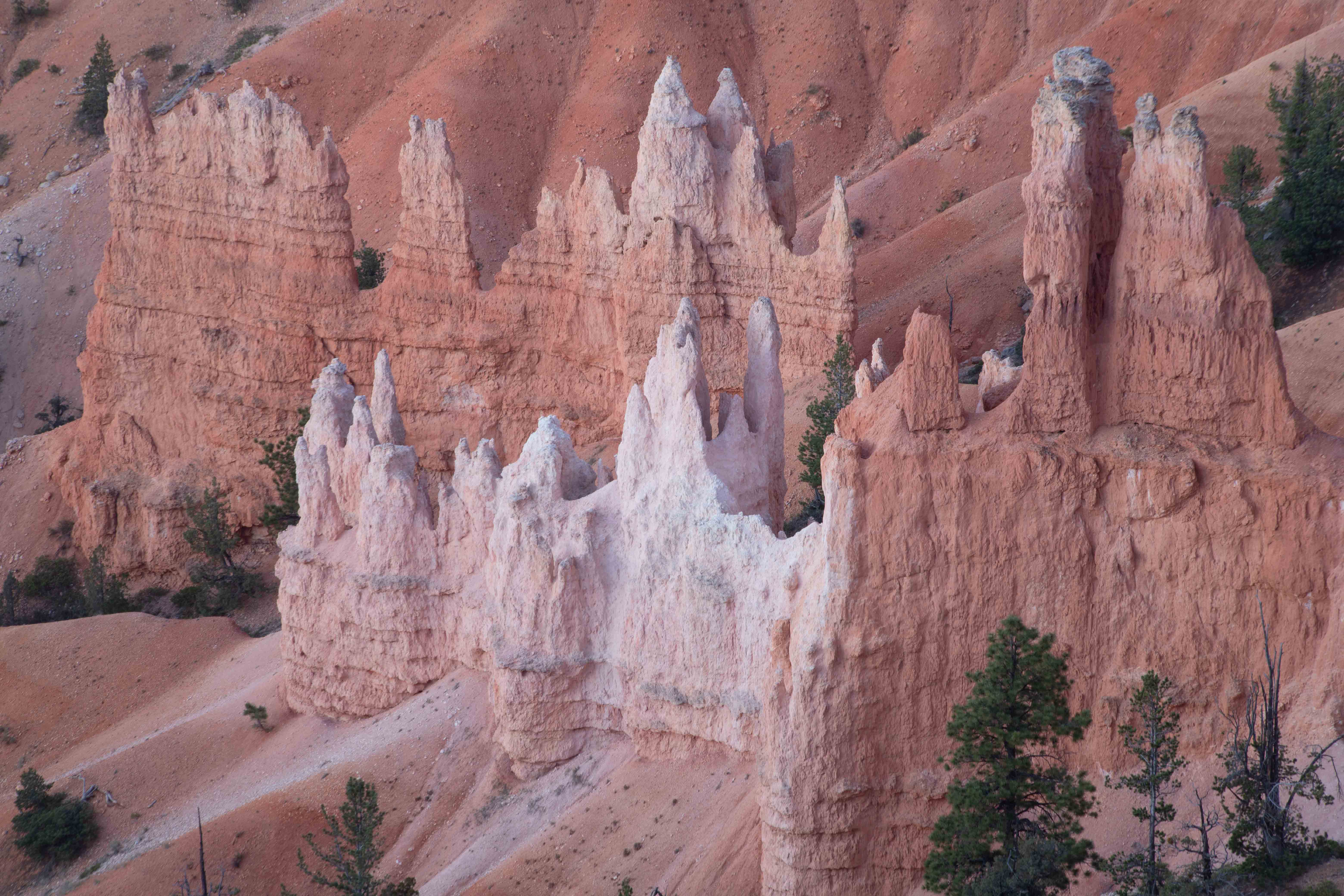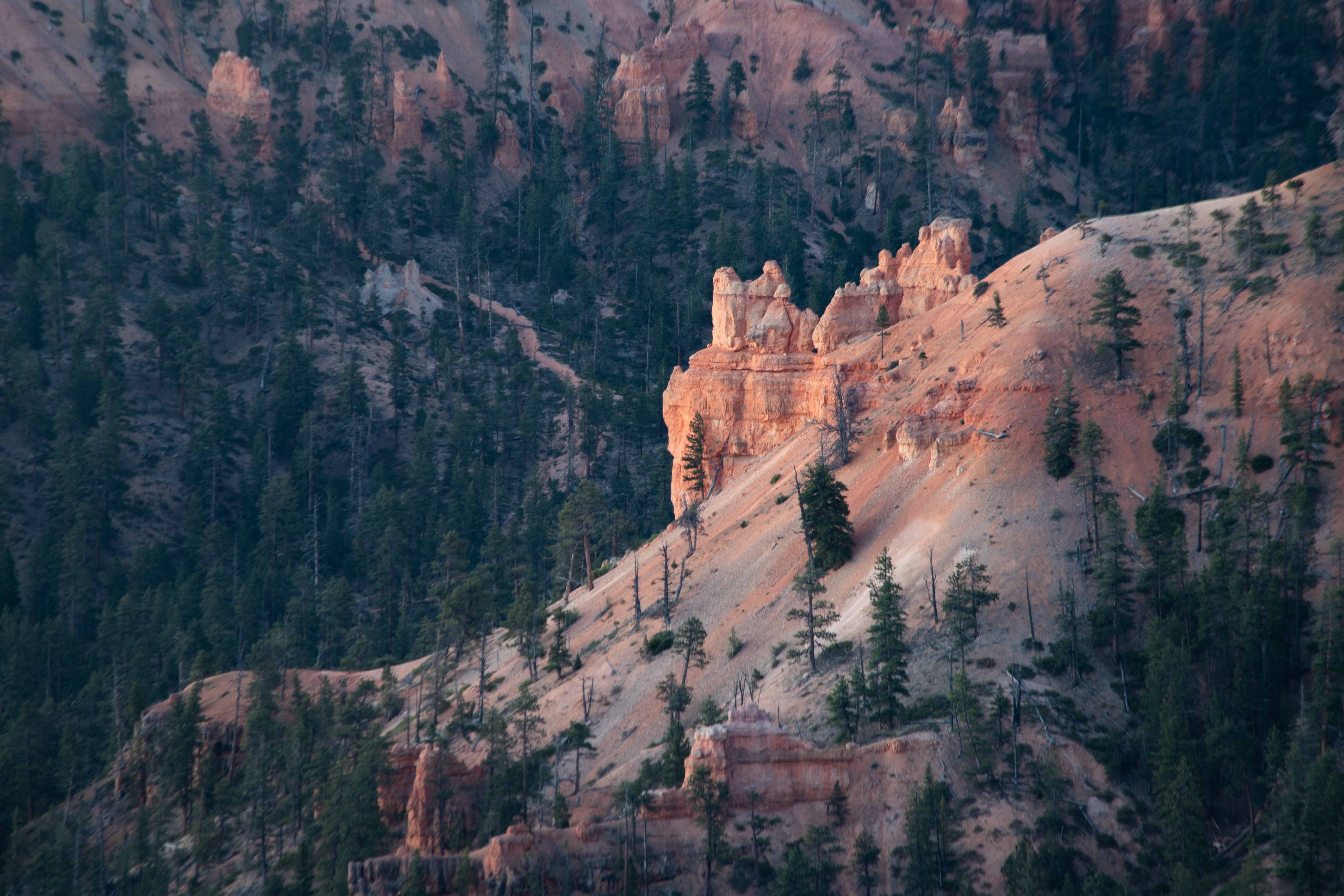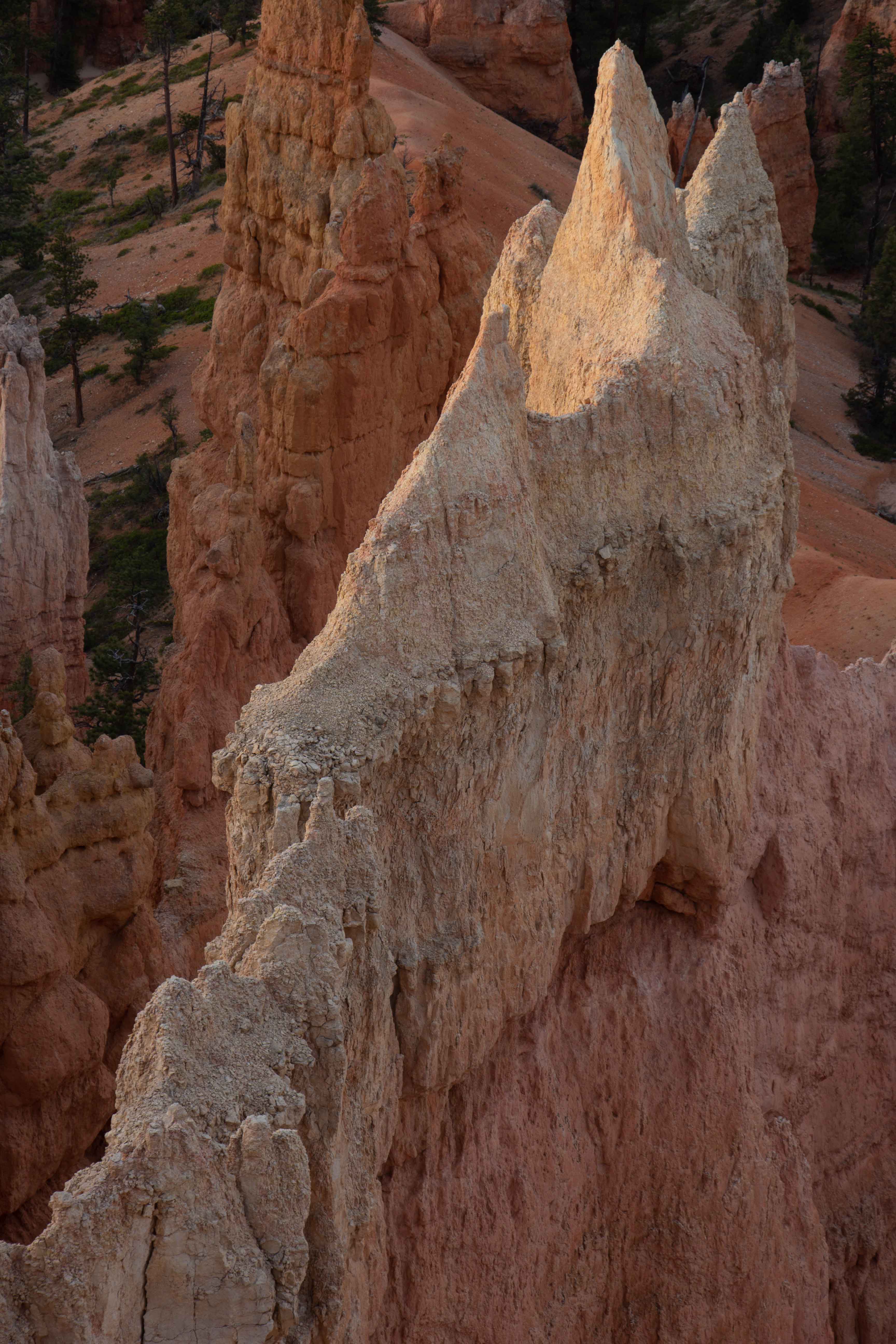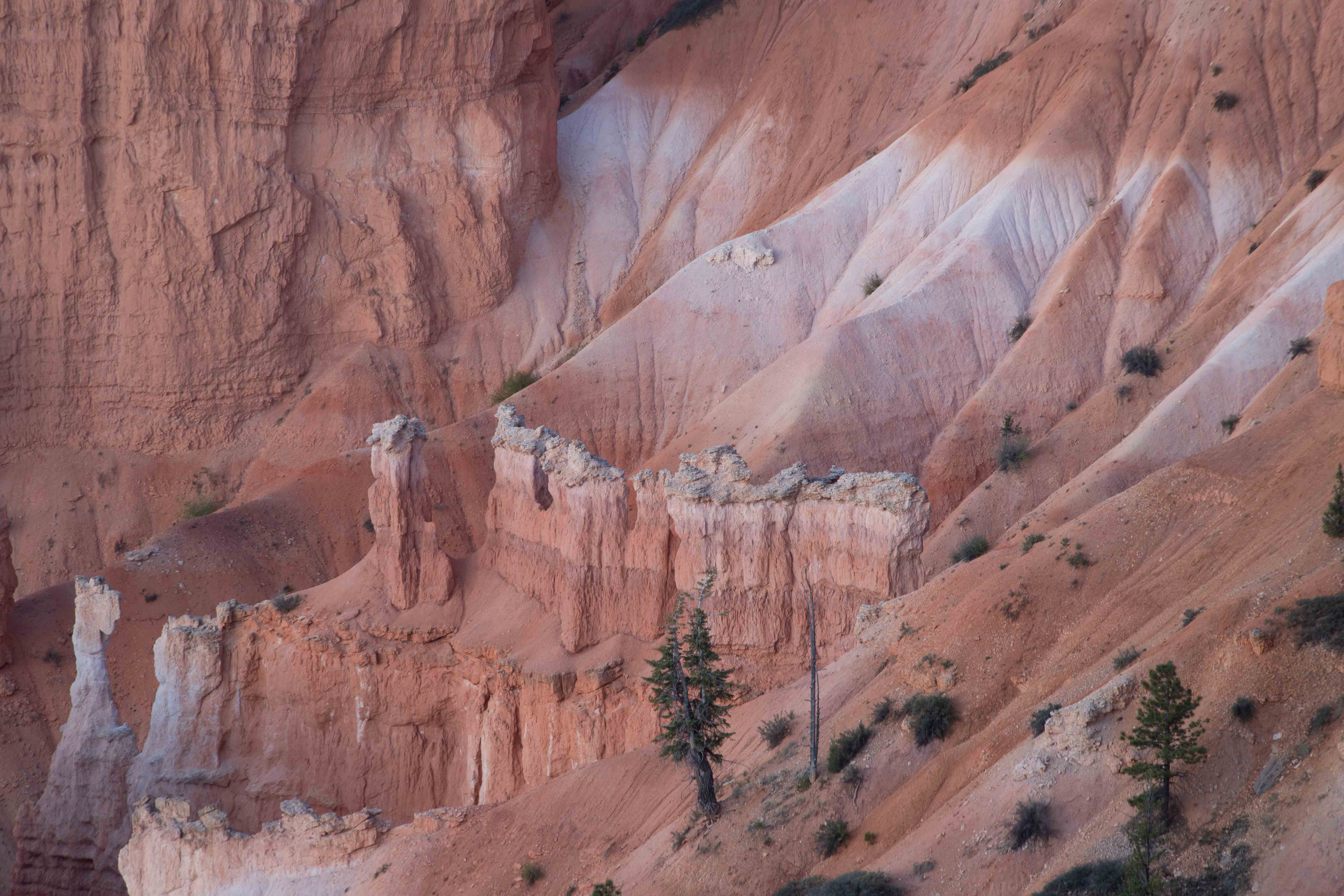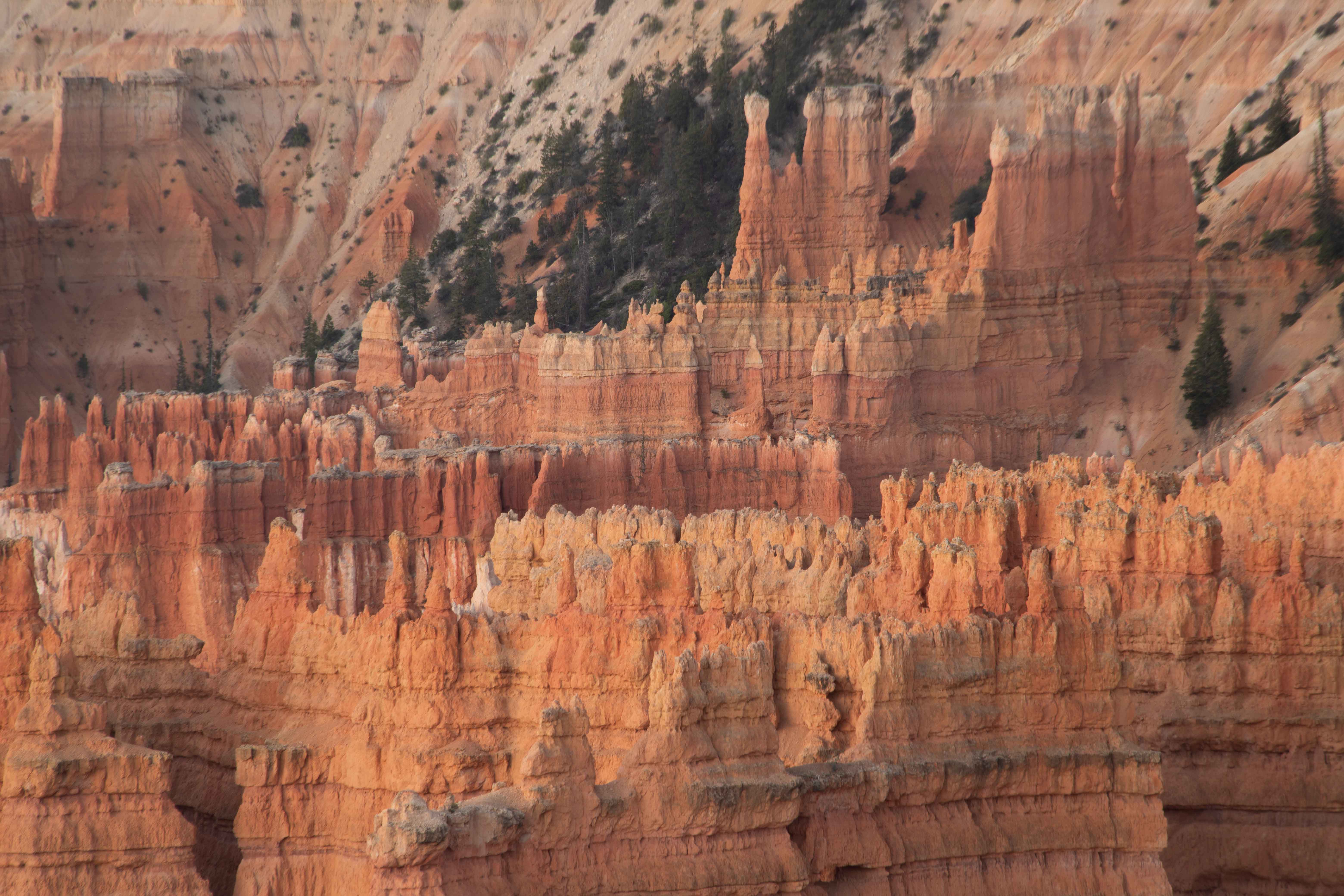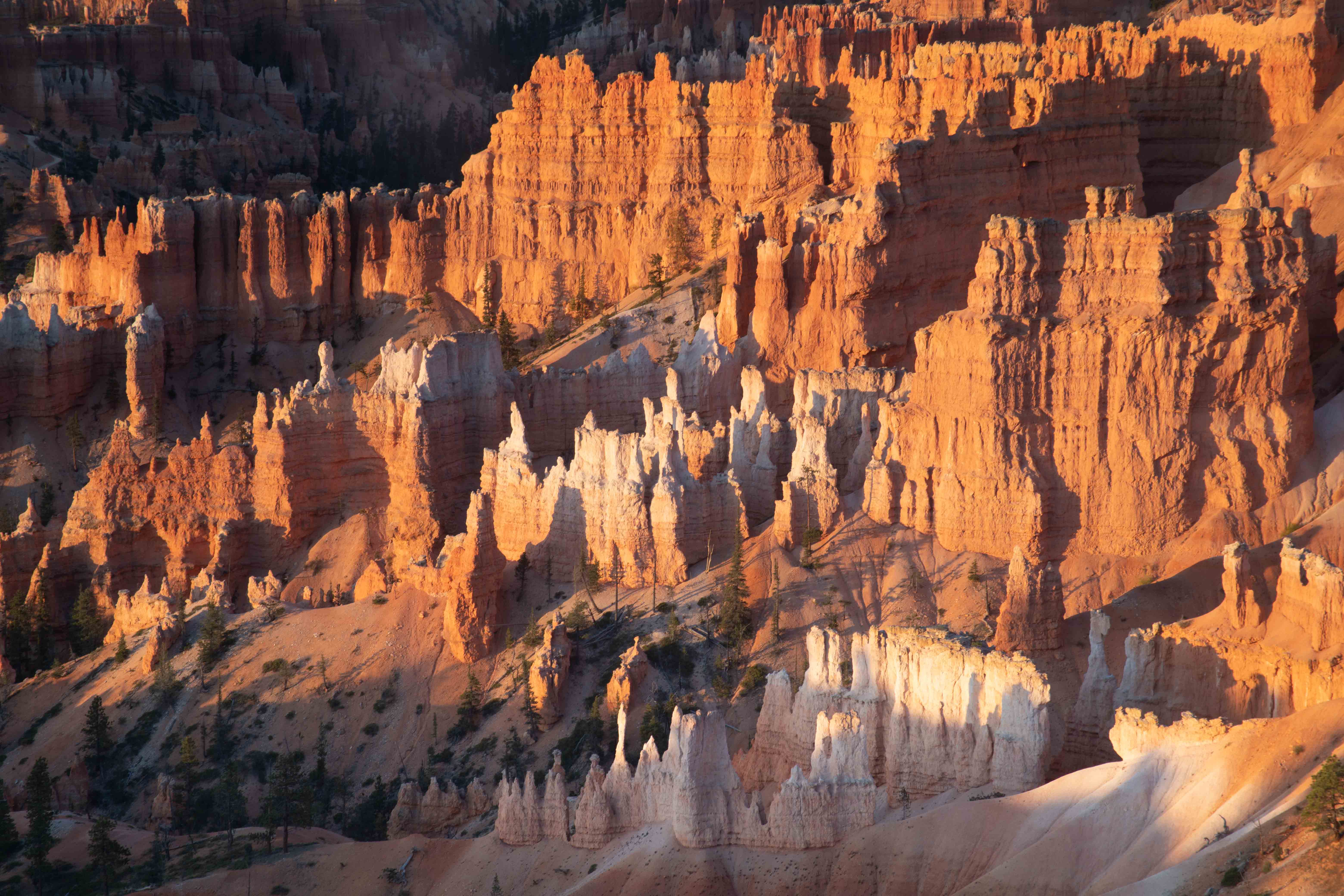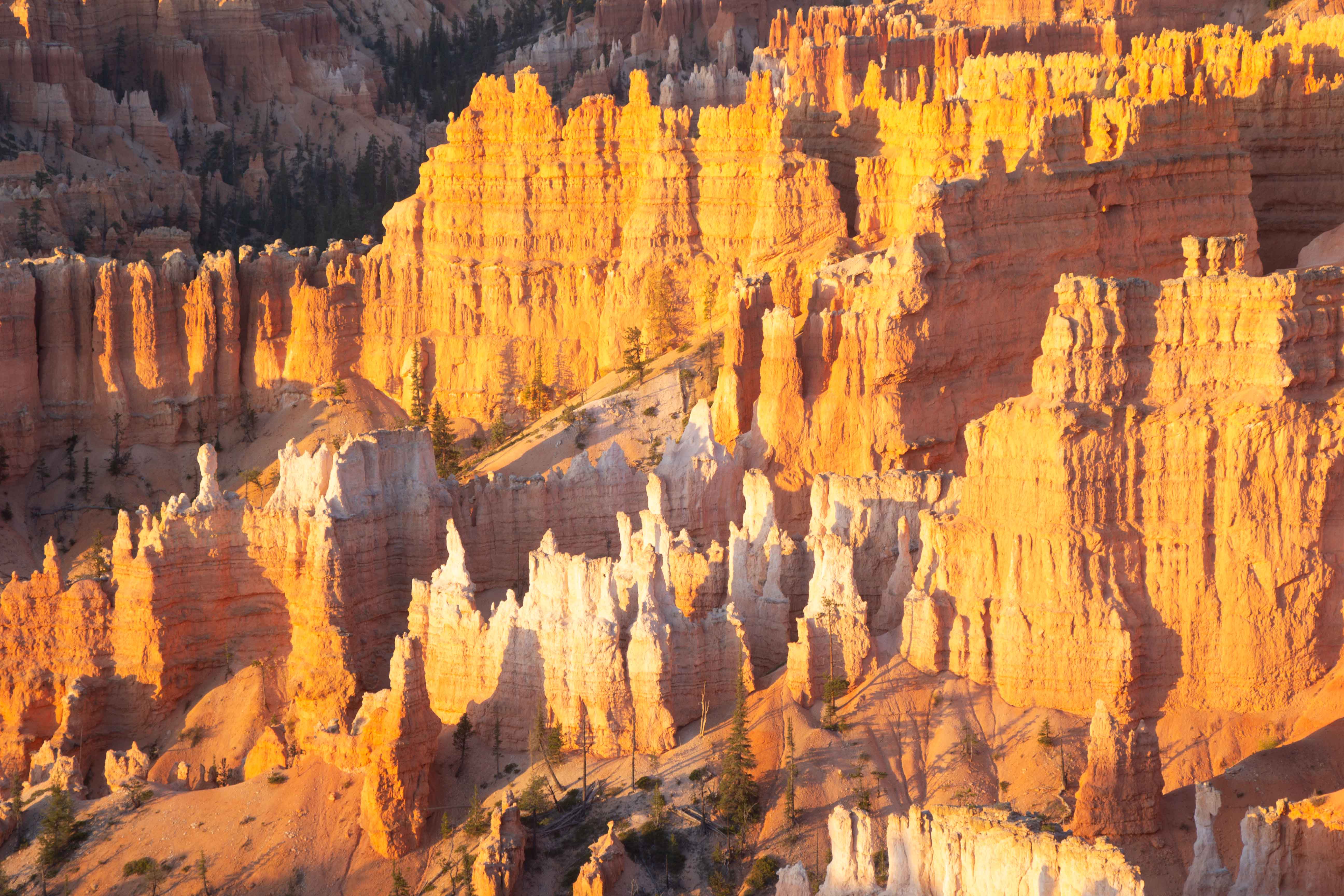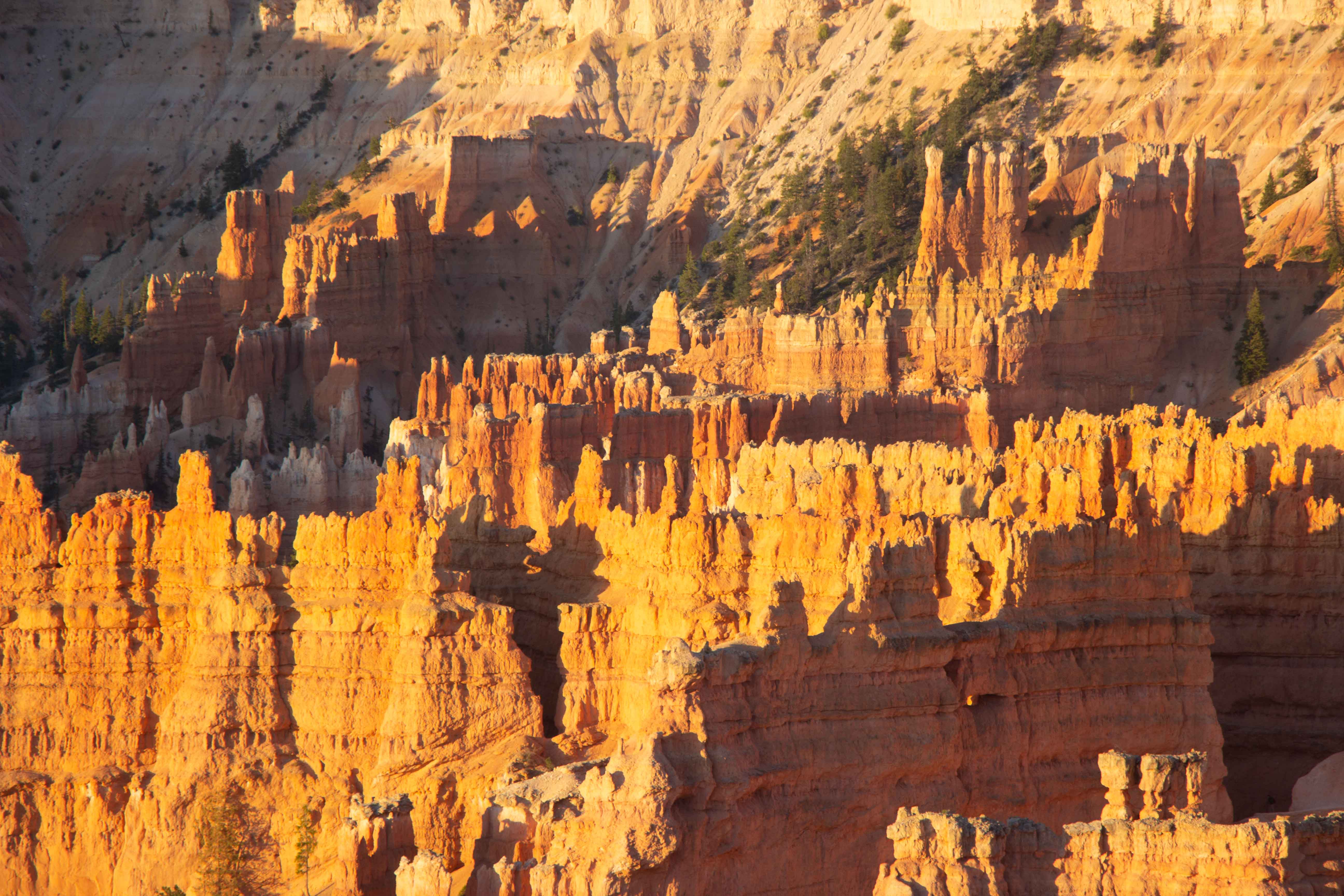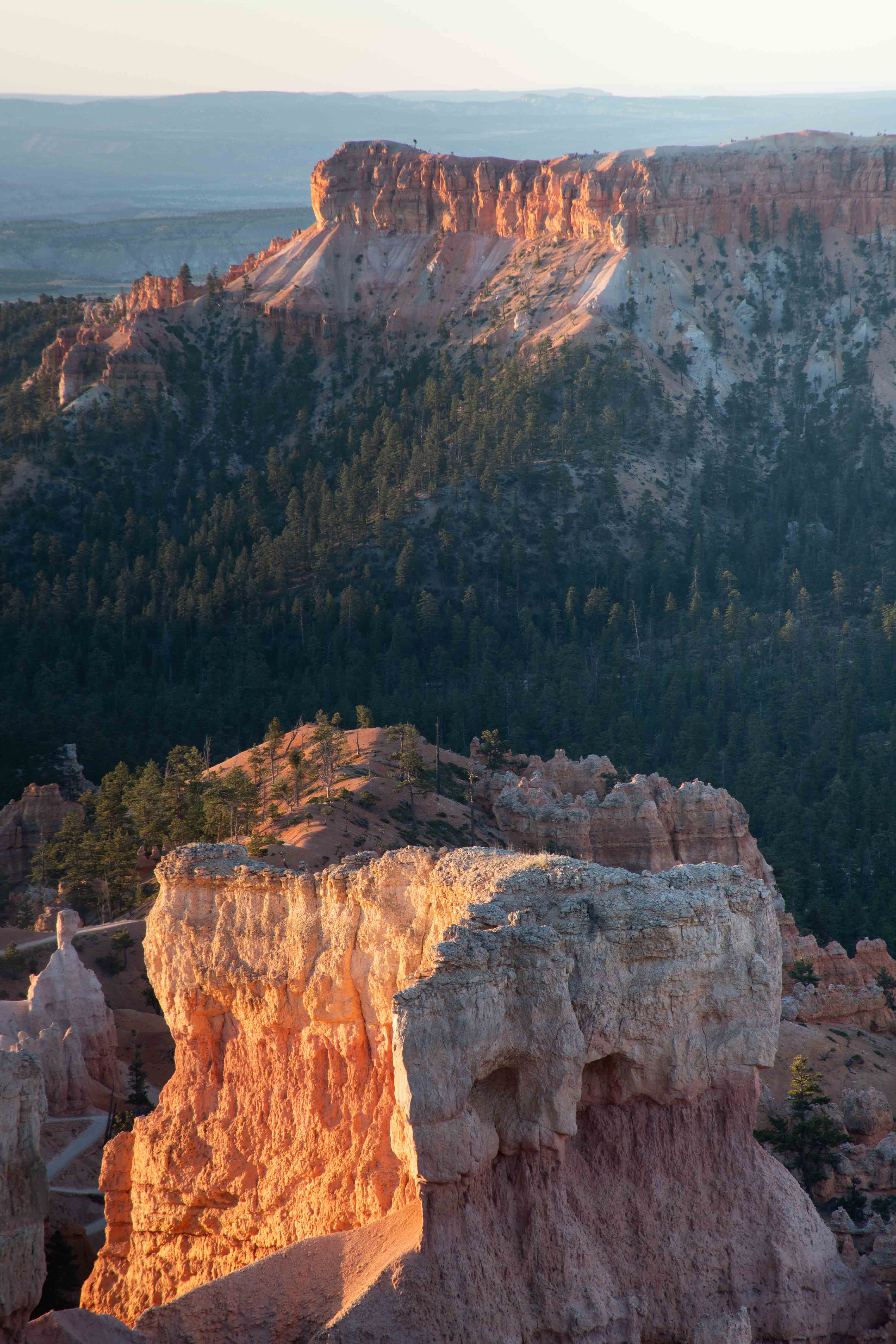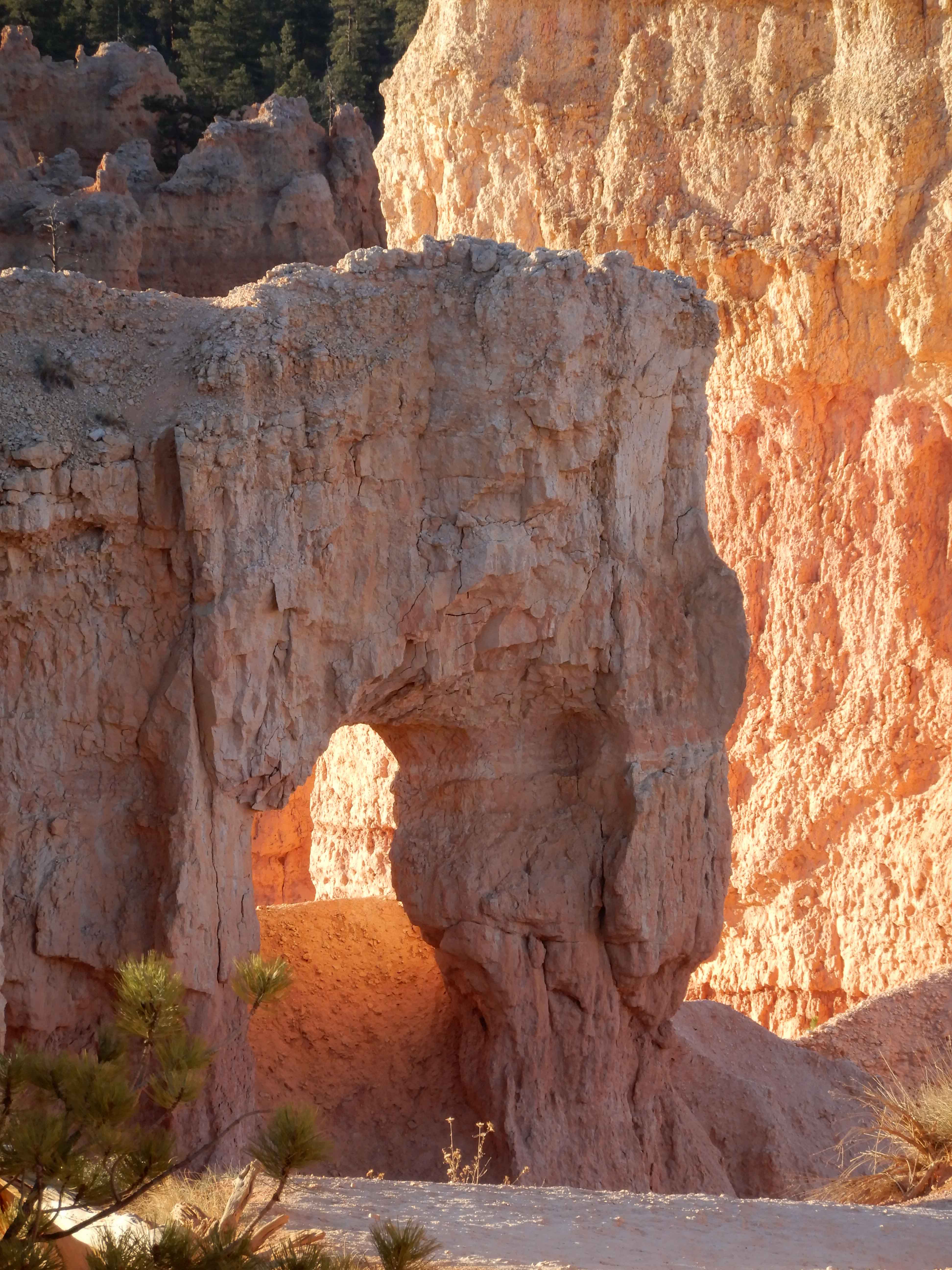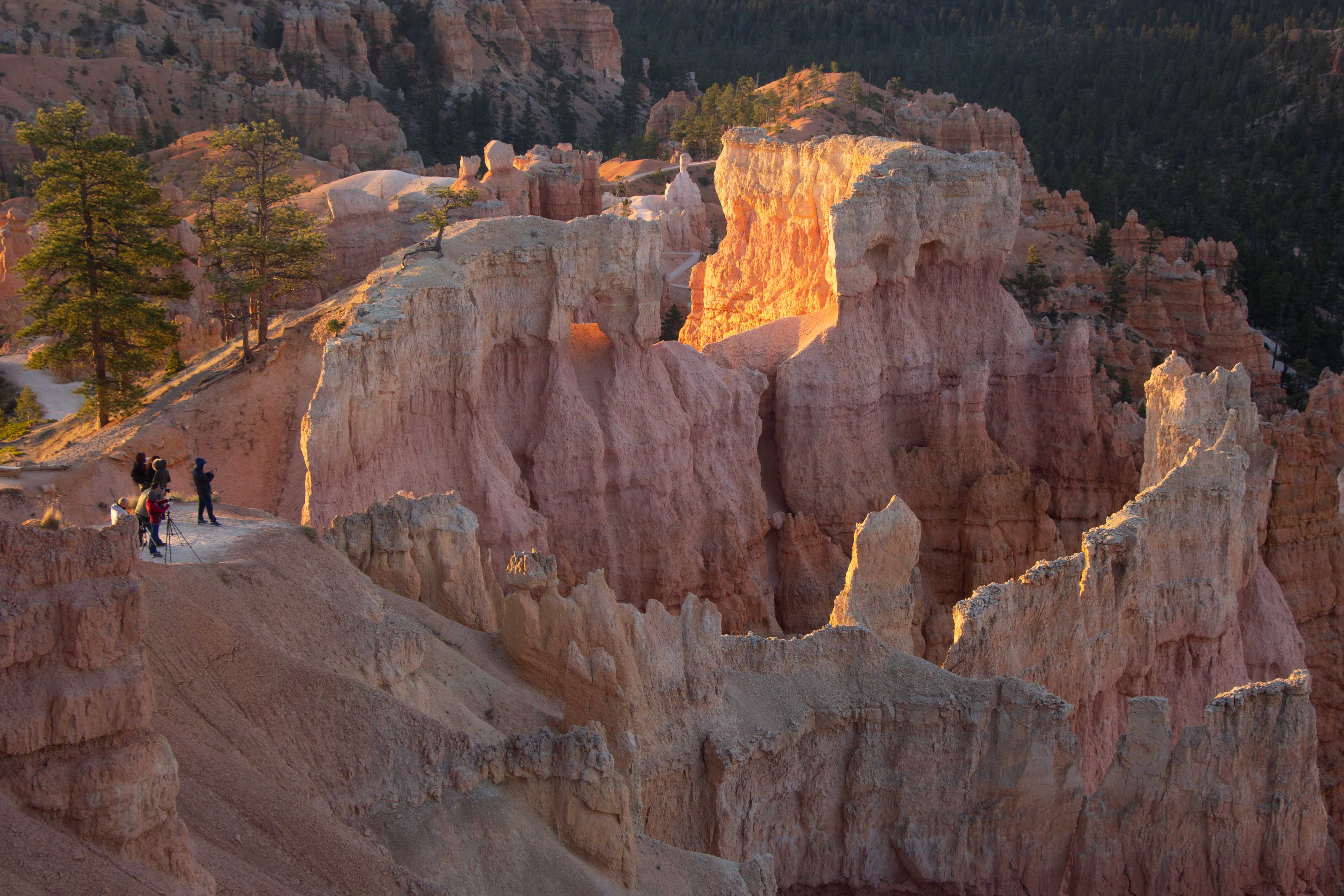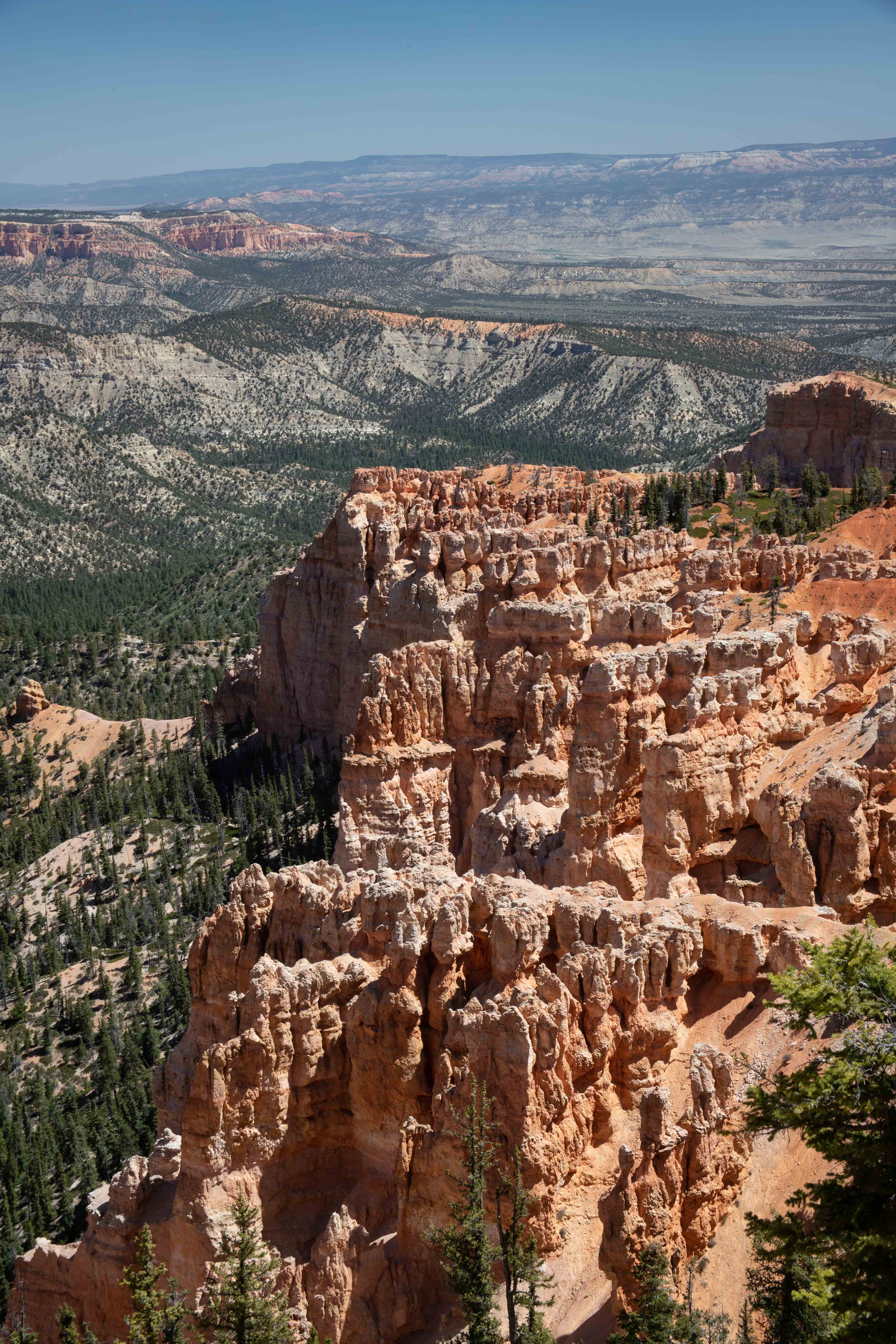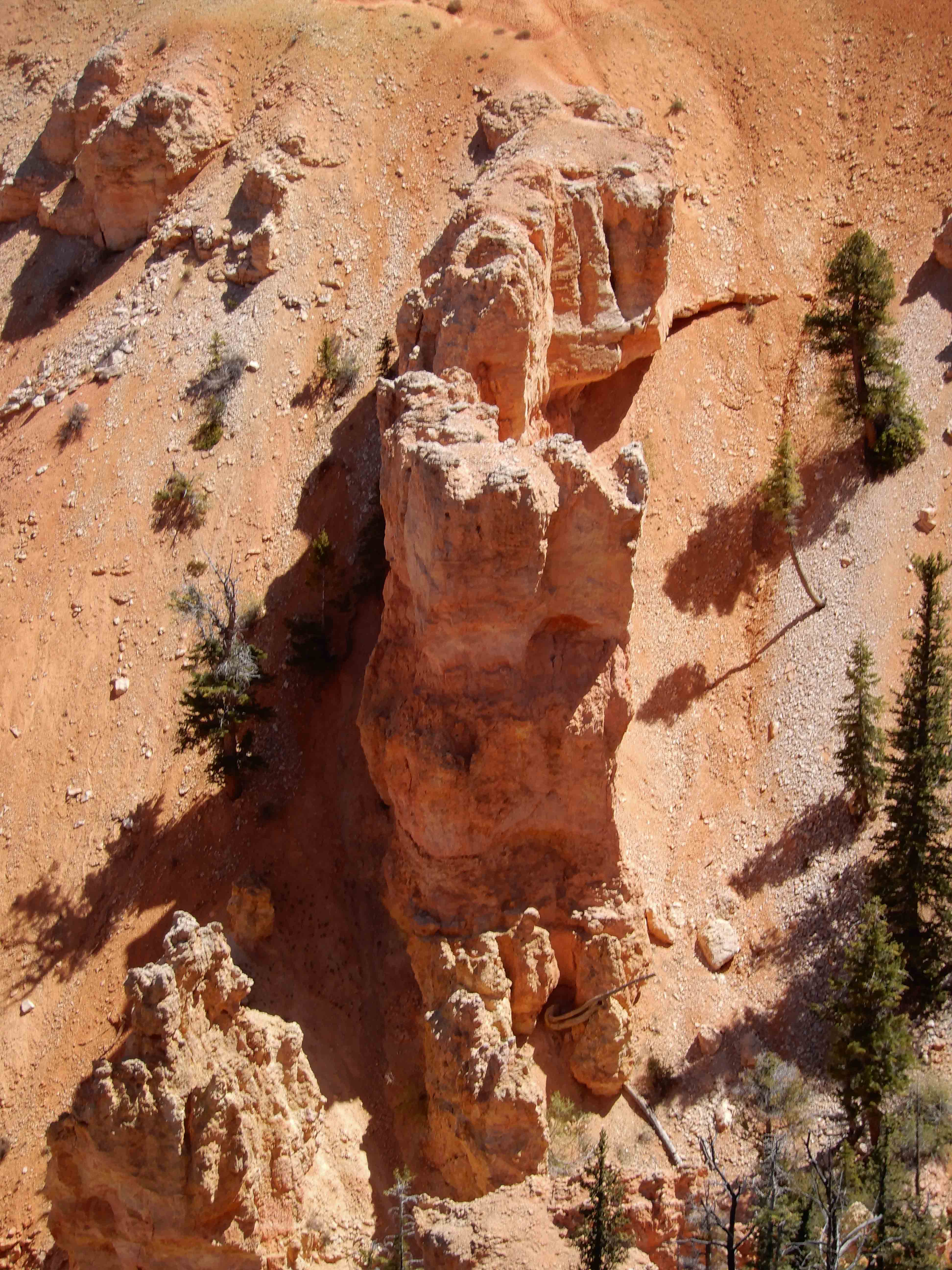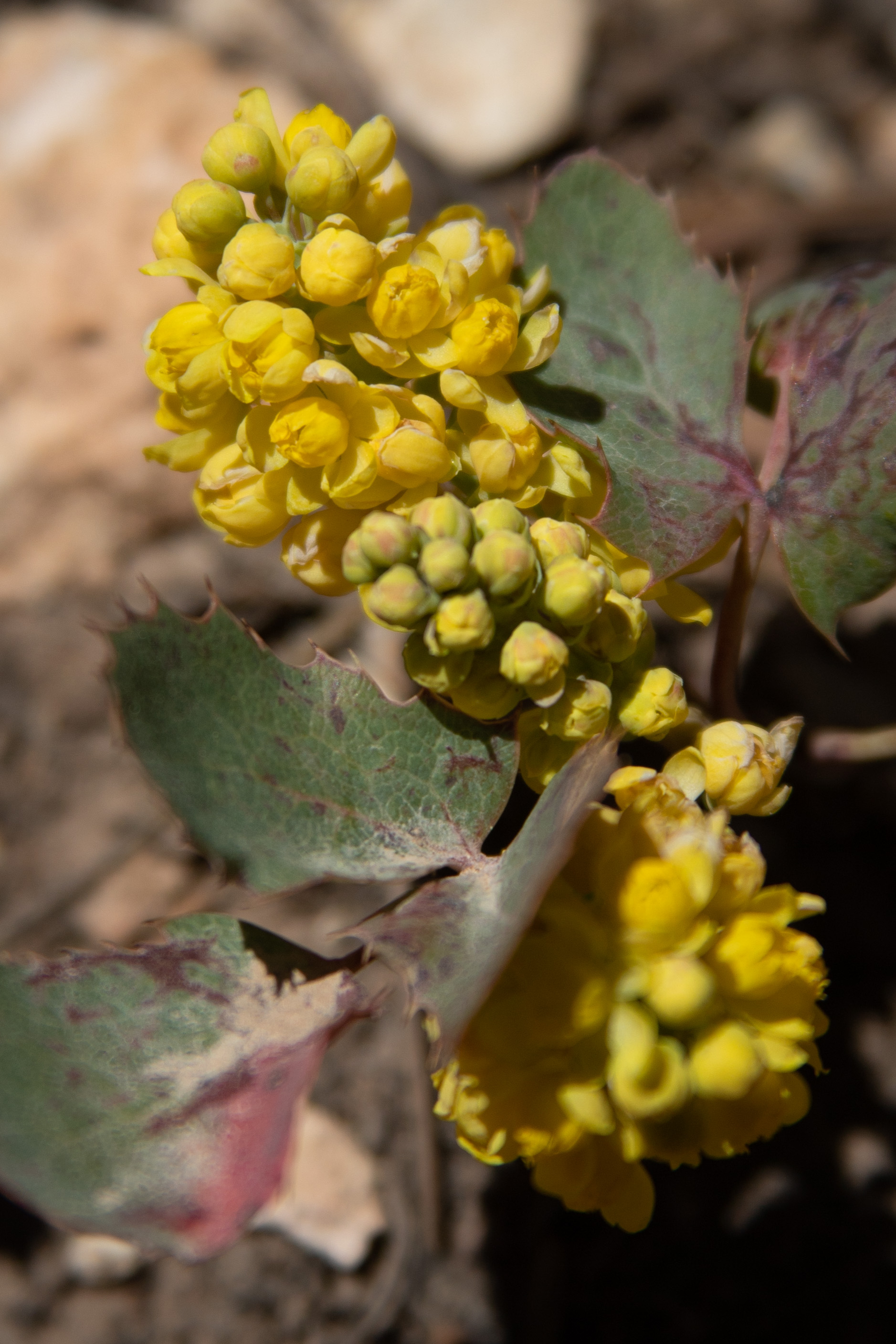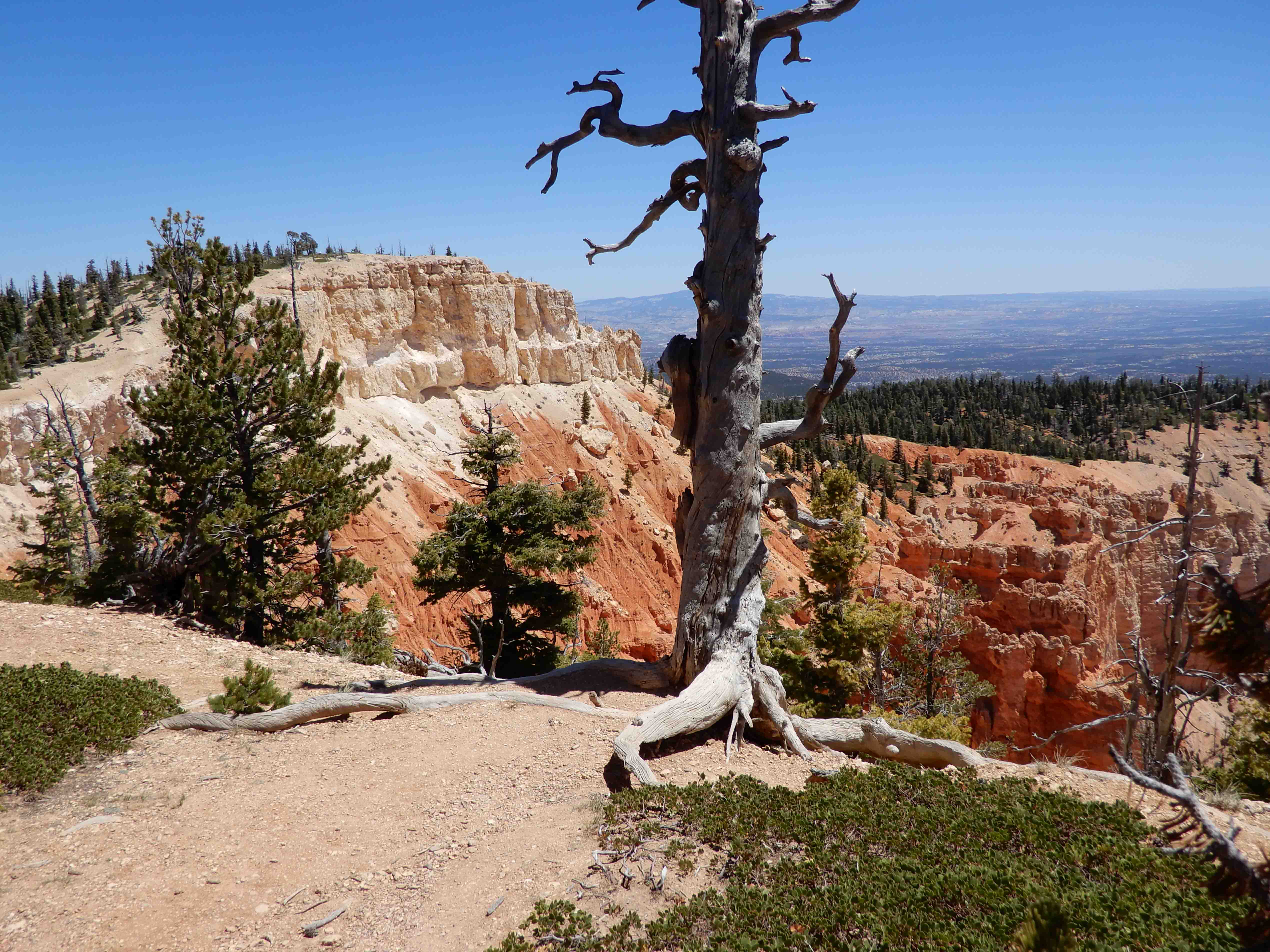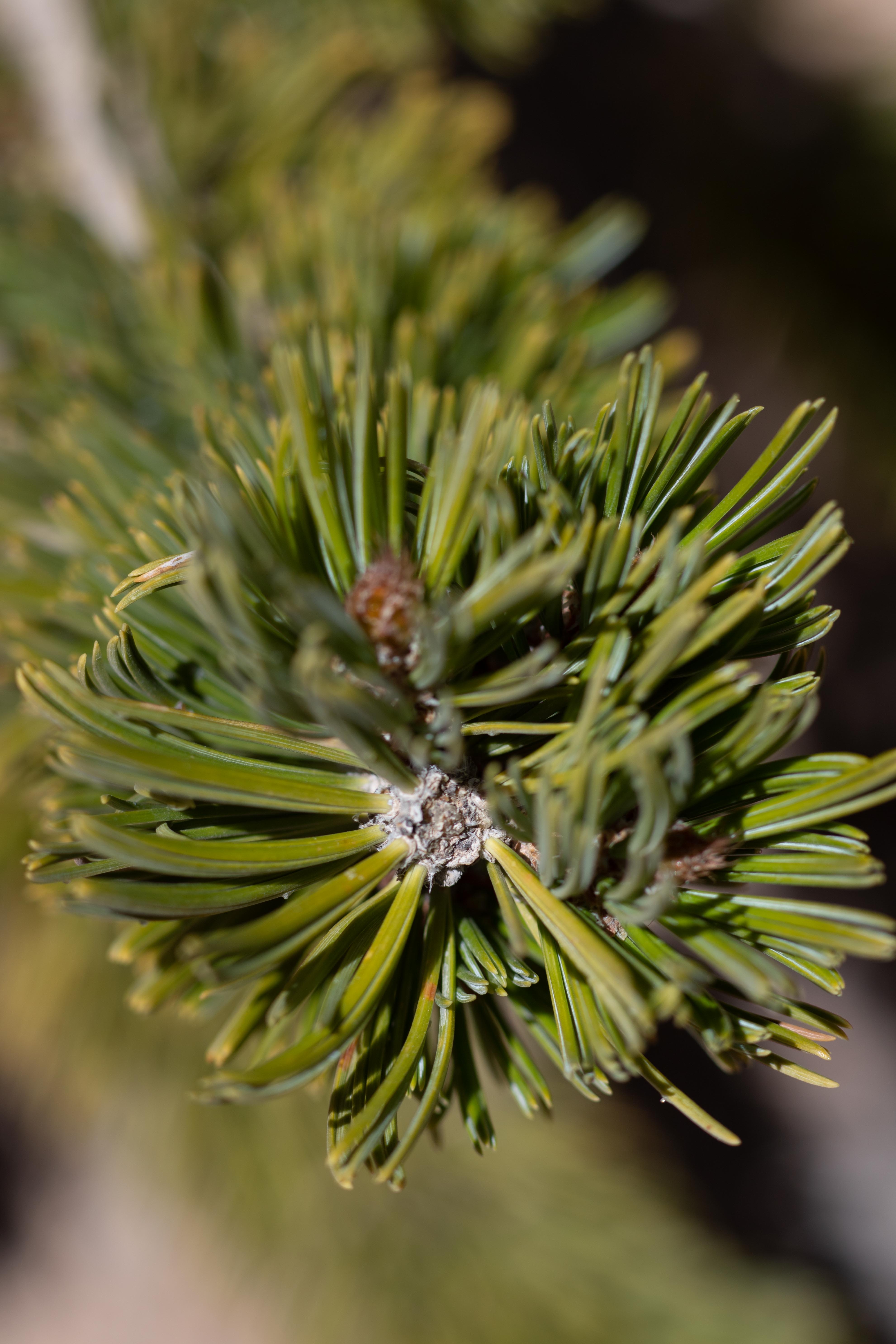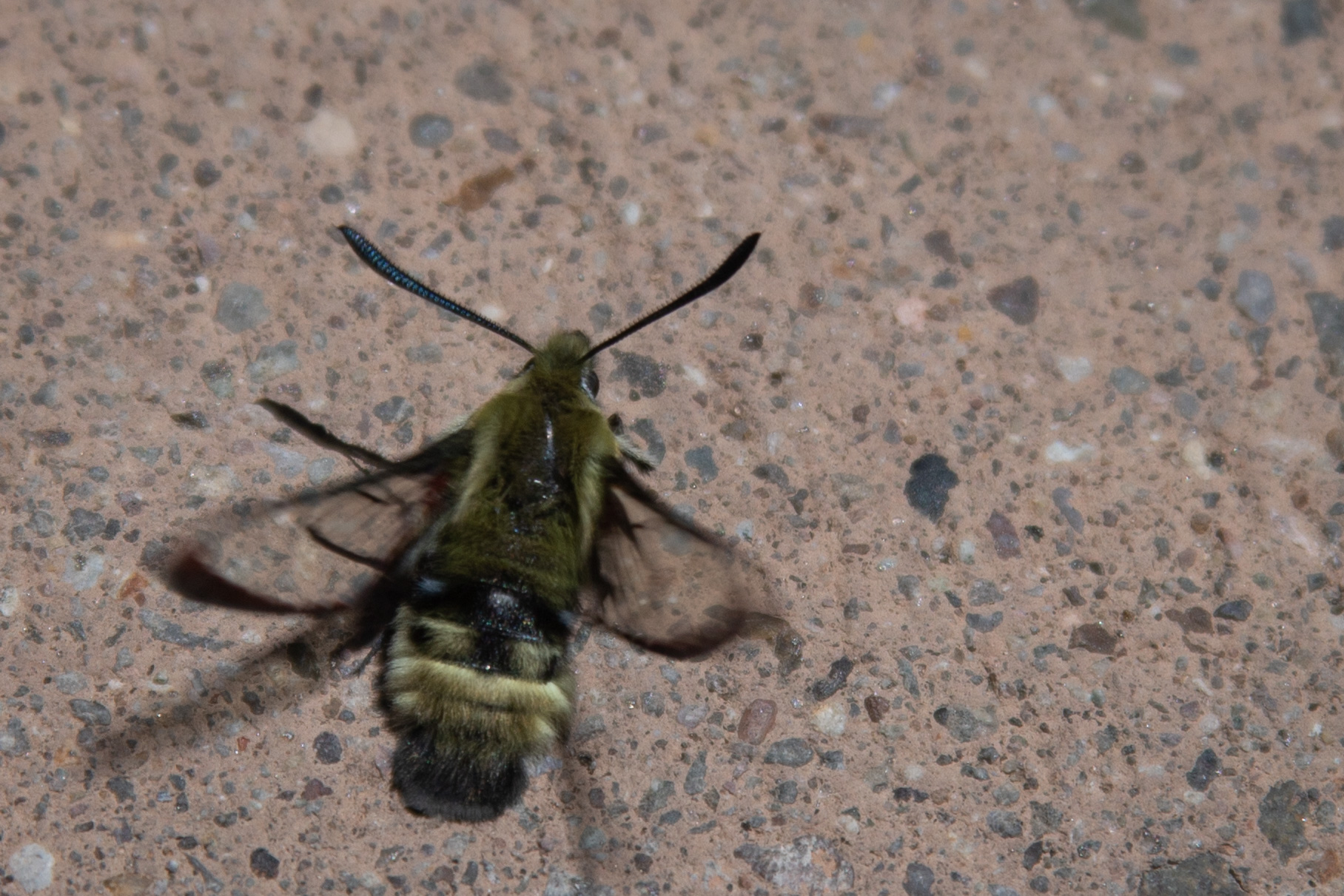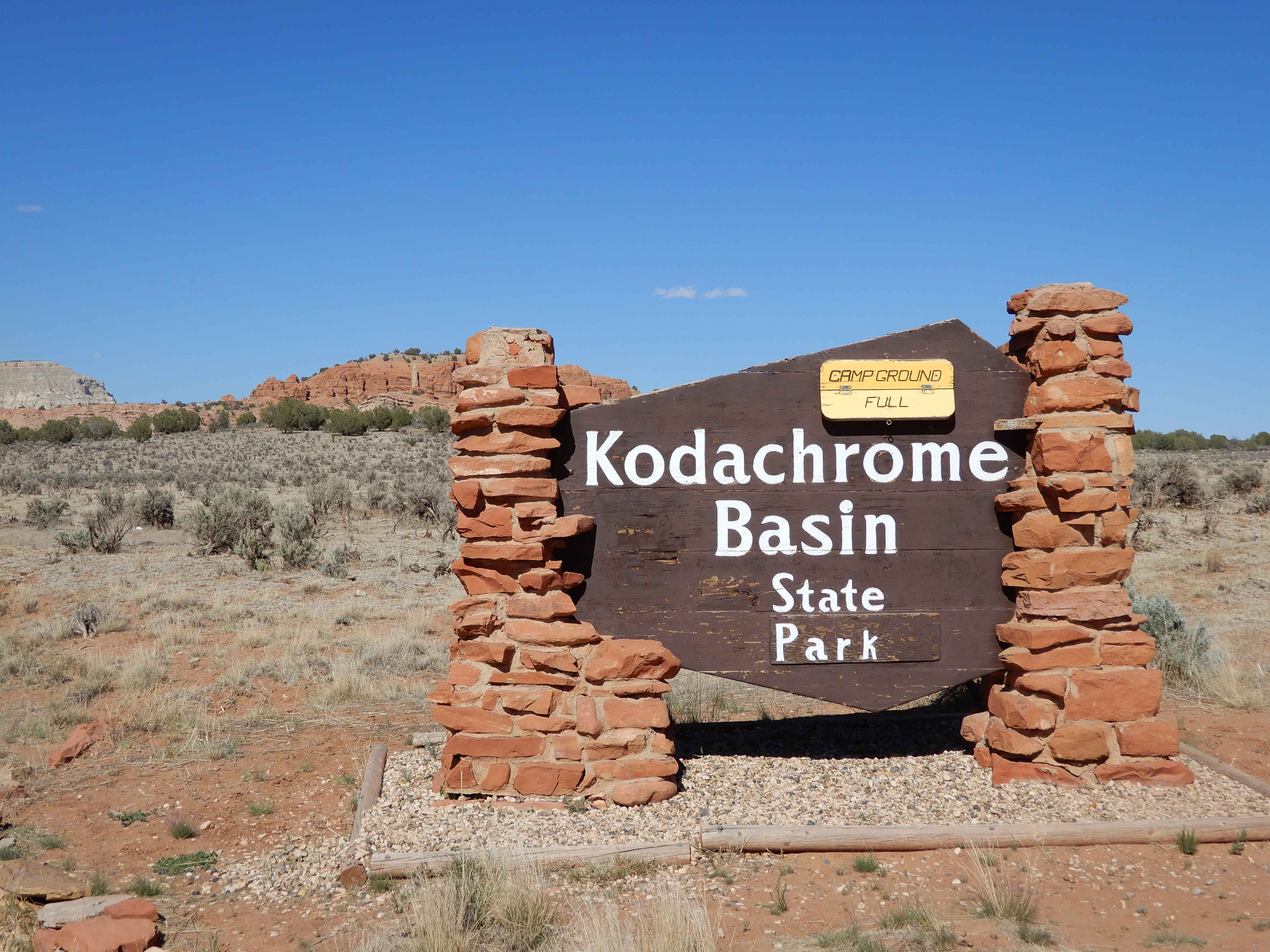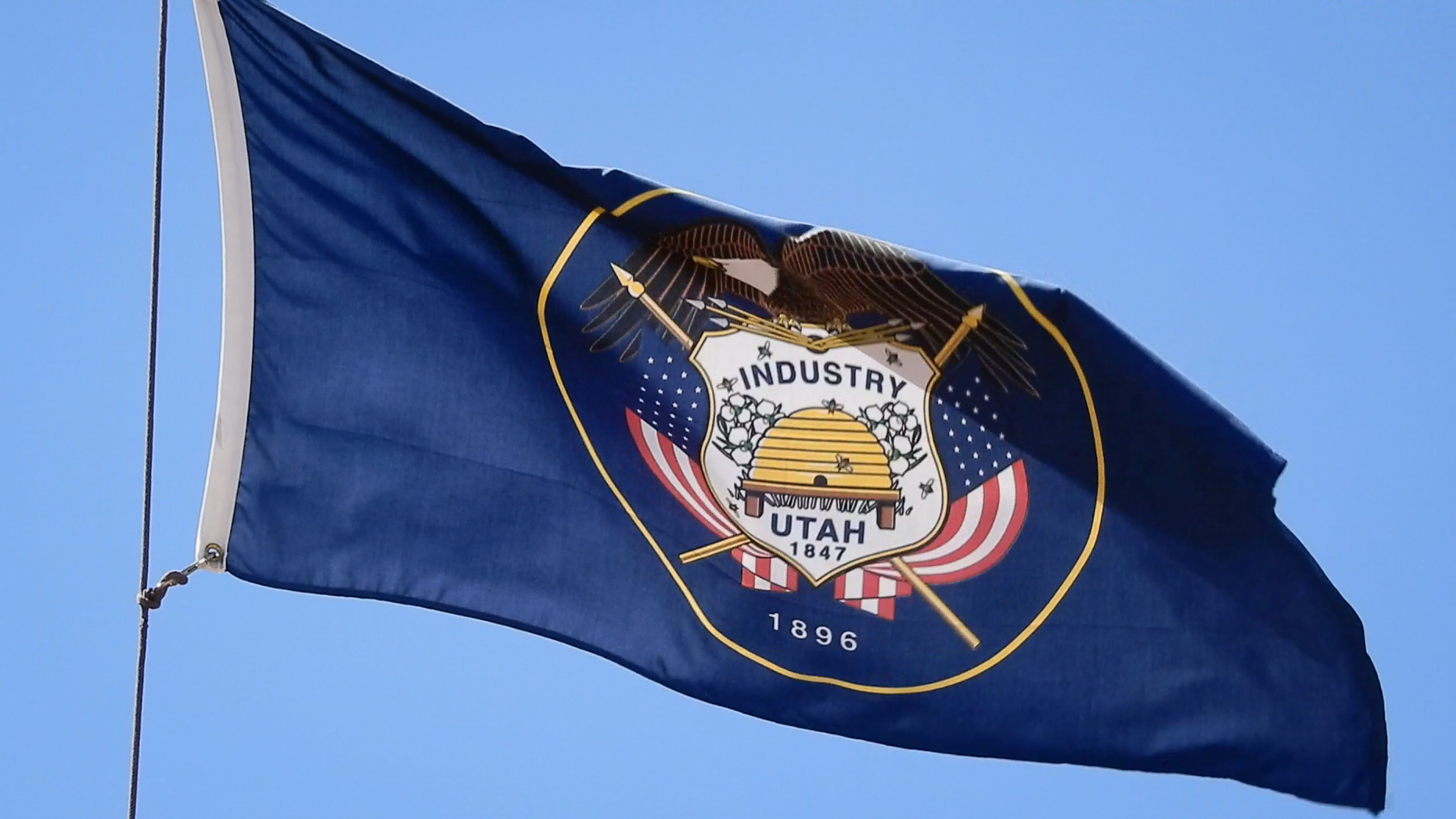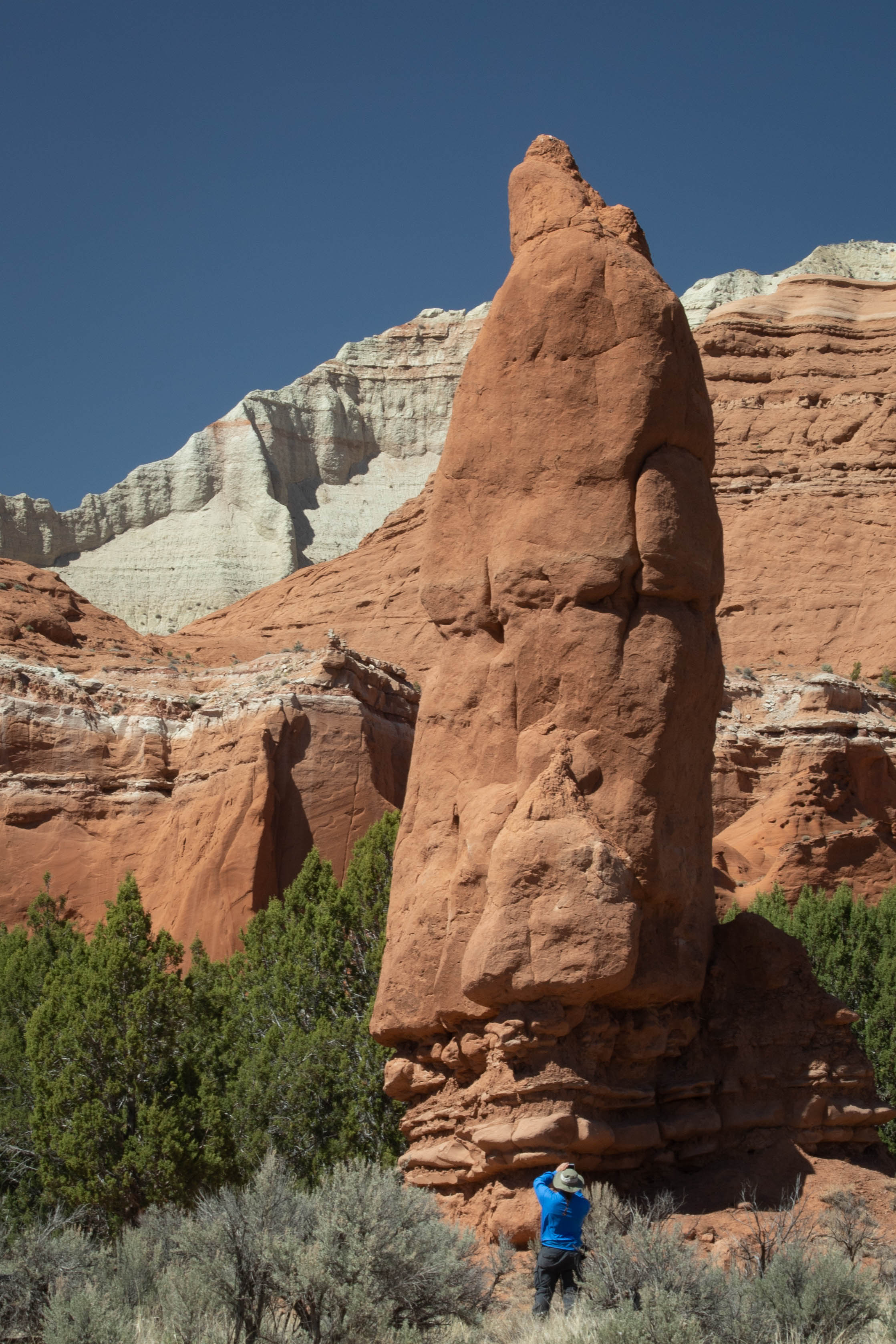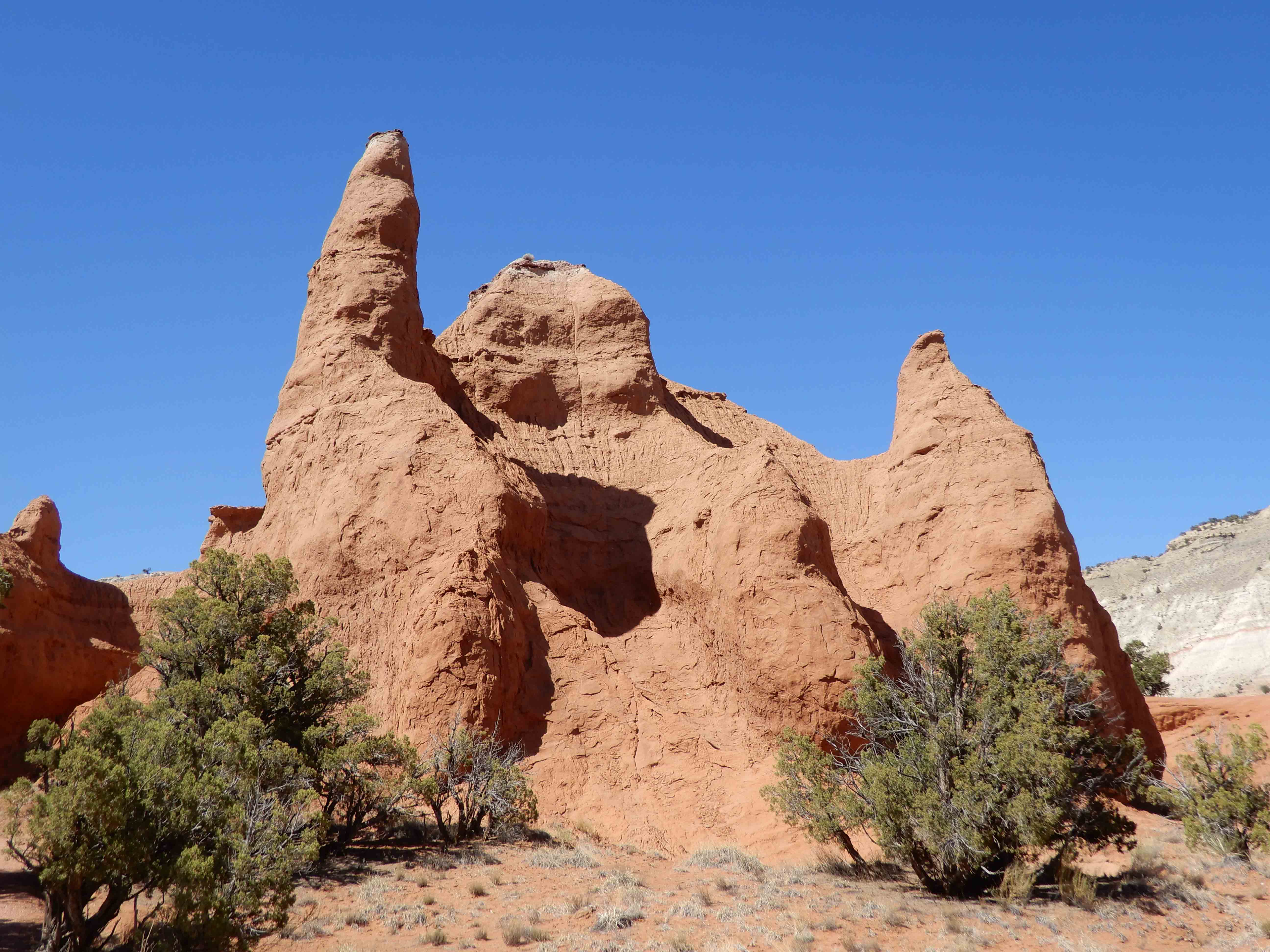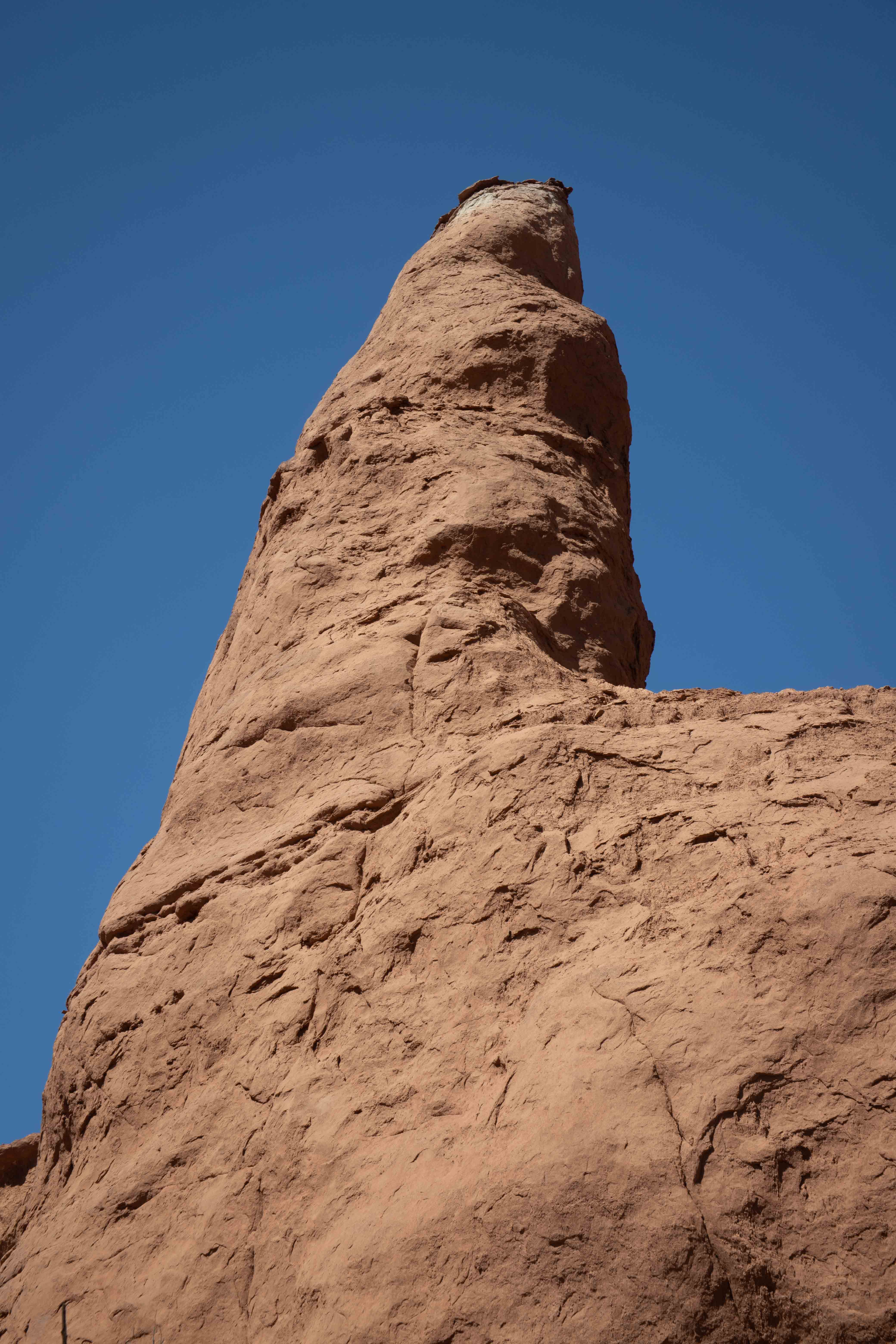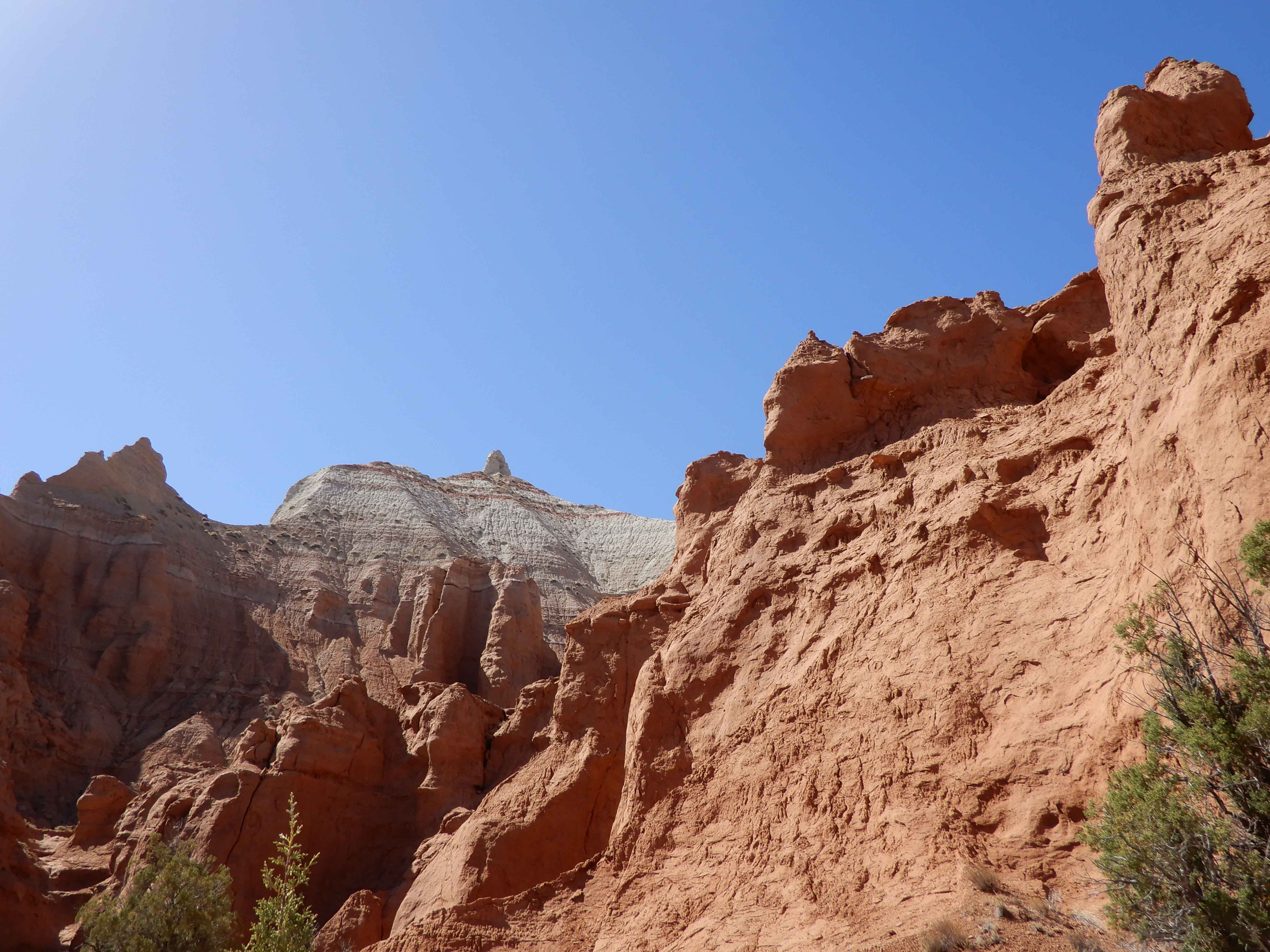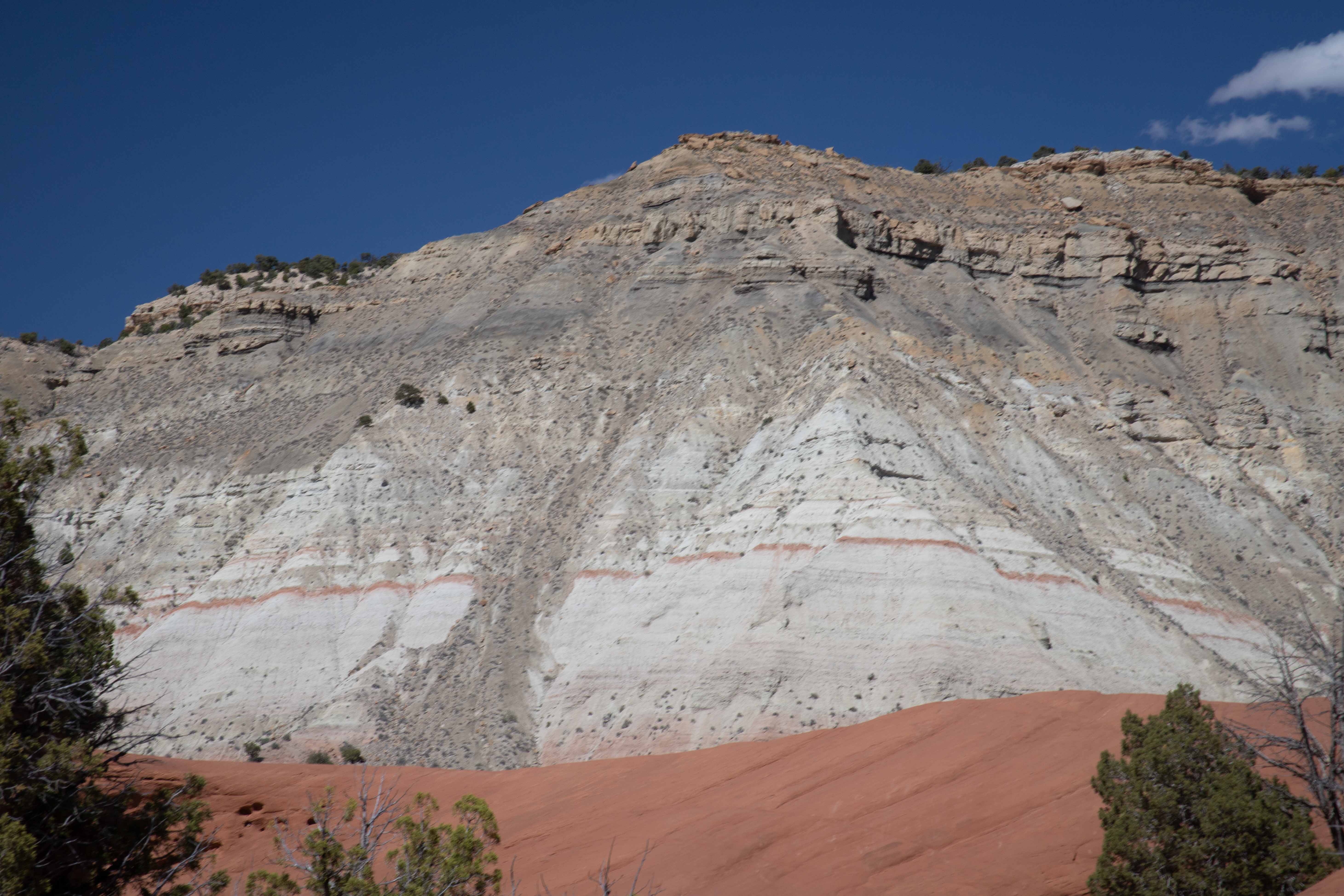Bryce Canyon National Park--Day 1 and Kodachrome Basin State Park
16 May, 2018
Sunrise Point
Sunrise from Sunrise Point.
I planned only two days for Bryce Canyon (um, Amphitheater), so that we could spend more time in nearby Grand Staircase-Escalante National Monument. Still, however, I was determined to do a sunrise shoot and a canyon hike in each national park. This time, we managed to arrive at the park and set up camp during daylight, a major accomplishment! This allowed us to get up for the sunrise shoot on our first day in Bryce.
We did not, however, arrive at Sunrise Point in time for the most fantastically optimal light. While we had been the first photographers at Grand Canyon and I was the only photographer at Zion, there was a whole photography workshop already there at Bryce, hard at work. The instructor was giving good advice, such as, check your ISO, make sure you turn off IS when you're on the tripod, etc. They actually left Sunrise Point before the actual sunrise, because by that time, the area was full of the selfie-stick crowd. It makes me wish the Park Service wouldn't give lookouts names like "Sunrise Point" and "Sunset Point."
Still, we got some nice shots.
Eric took a deep detail shot.
I looked deeper into the amphitheater.
When the sun came up, it filled the entire amphitheater with its warm glow.
Photo by Eric.
Photo by Eric.
I looked off into the distance.
Eric found a tunnel in the amphitheater below.
Photo by Eric.
Bristlecone Loop Trail
Next, we drove to Rainbow Point to do the Bristlecone Loop Trail. You can actually drive there yourself, although parking might not be much fun in summer.
Looking down at the amphitheater from the Bristlecone Loop Trail. Even from this high overlook, it was impossible to show the enormous size of the nearly circular Bryce Canyon... um, Amphitheater. You would need to do aerial photography. Note the tilting and folding of the earth in the distance--this is faulted country.
Eric took a look down into the amphitheater.
We set off on the trail looking for Bristlecone Pines, but first, I found this Yellow Bee Plant.
At last, Eric found a Bristlecone. This one is probably entirely dead, although we later heard a ranger talk where a very pale ranger (I couldn't imagine how she managed to maintain that skin color working outdoors at altitude) described how a seemingly dead Bristlecone can have live branches. She also talked about how Bristlecones have adapted to survive with their roots exposed as they are in Eric's picture. This allows Bristlecones to grow on rapidly eroding ledges.
Thick Bristlecone needles.
Back at the parking lot, I found a bee.
At this point, it was still early afternoon, but we had completed my agenda for the day other than stopping in to see the Visitor Center (something we always manage to do on our way out of a park). We had a very heavy schedule planned for two days later, when we would try to visit Kodachrome Basin State Park and then drive down Cottonwood Road through Grand Staircase Escalante National Monument, trying to see as many of the geologic sites along that road as possible. We decided to put the Visitor Center off for that day, and spend the rest of this day going out to Kodachrome Basin.
Kodachrome Basin State Park
Eric's obligatory sign photo.
The state park also gave Eric an opportunity to take his Utah state flag picture.
Kodachrome Basin is known for its sedimentary pipes. These pipes were not caused by erosion; they are made of sediments that shot up out of underlying rock under the pressure of overlying rock. It is possible that liquefaction of the rock caused by an earthquake may have contributed to the creation of the pipes. [SOURCE: Roadside Geology of Utah by Felicie Williams, Lucy Chronic, and Halka Chronic]
Large pipe, with Eric at the bottom for scale.
Eric photographed some pipes.
A large pipe.
As well as showcasing the fascinating pipes, the park is surrounded by lovely scenery that Eric photographed.
My view of the scenery.
On to the Figure 8 Loop.
